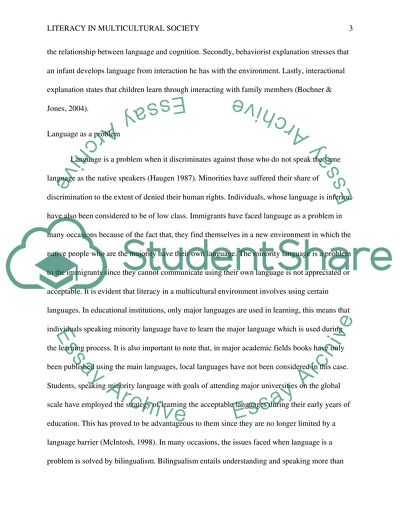Cite this document
(“Literacy in Mulicultural Society Essay Example | Topics and Well Written Essays - 1500 words”, n.d.)
Retrieved from https://studentshare.org/english/1433488-literacy-in-mulicultural-society
Retrieved from https://studentshare.org/english/1433488-literacy-in-mulicultural-society
(Literacy in Mulicultural Society Essay Example | Topics and Well Written Essays - 1500 Words)
https://studentshare.org/english/1433488-literacy-in-mulicultural-society.
https://studentshare.org/english/1433488-literacy-in-mulicultural-society.
“Literacy in Mulicultural Society Essay Example | Topics and Well Written Essays - 1500 Words”, n.d. https://studentshare.org/english/1433488-literacy-in-mulicultural-society.


